Sofia Hellsten's Blog
February 6, 2025
Feeling food?
Essay first published in The Way We Play Magazine No.5



Feeling food?
We have food flashing by in our feeds, in a more or less constant stream. We lean back to look. And look. And look, at more or less appetising photos and videos of food. Still Life and sourdoughs. Side by side with cooking shows and pasta making. Now, something in this constant feed (pun intended) of never ending visuals of food feels a little like eating sandwiches for breakfast, lunch and dinner for a month straight. Not that I don’t love sandwiches – I do – but there comes a point when you want to feel something else.
“Another visual doesn’t nurture your senses of taste and smell, it doesn’t fill your heart with warm fuzzines or prickle your tongue – nor does it capture the physical sensation of biting through a crisp pie crust or ice-ceam slowly melting in your mouth. Is there a possibility we are missing out on these sensations, feelings, on the hunt for ”the look”? ”

Food has always been visual, but lately maybe too much so? This might be contradictory coming from someone who’s favourite object to photograph is precisely that. However somewhere in between aiming for that perfect shot and sharing a kick-ass breakfast spread I think we, myself included, have forgotten an important aspect of food.
Being so focused on looking at it, through a lens or a screen, it is easy to lose the connection to the range of sensations that food can spark. The emotions connected to this. Another visual doesn’t nurture your senses of taste and smell, it doesn’t fill your heart with warm fuzzines or prickle your tongue – nor does it capture the physical sensation of biting through a crisp pie crust or ice-ceam slowly melting in your mouth. Is there a possibility we are missing out on these sensations, feelings, on the hunt for ”the look”?
Sitting down to write this, I thought about how the place I’ve felt the most eating is Japan. About how much I appreciate that at any random ramen place you enter they will ask you if you want your noodles soft, medium or chewy. How your preferred choice of rice will not only be dependent upon flavour, but also stickiness and how soft or hard the variety is. The point is, the only difference between a boiled egg or the lately hyped onsen-tamago is the texture, how it feels when you eat it.
Having stated the above, the recipe on the following page might not be a visual crowd-pleaser (and it’s probably not something that you would stop your scrolling for). However, similar to many other japanese dishes this is a dish you need to feel. A lot of the pleasure in eating it is the sensation in your mouth. Warm, soft and somewhere between a warm broth and scrambled eggs.Very much a dish you need to feel.

Chawanmushi with Chanterelles
serves 2
400 ml water (boiled down to ca 200 ml)
8 g konbu
5-6g katsuobushi flakes
30 g chanterelles (for dashi)
1 tsp soy sauce
2-3 pinches salt
5 g chanterelles
1 egg
Simmer the konbu and chanterelles in water for approximately 20 min. Pick out the konbu and mushrooms. Add the katsuobushi flakes to the hot water, let simmer for up to 1 min before straining through a sieve or cloth. You should now have approximately 200 ml dashi. Add salt and soy sauce, taste for saltiness. Set aside the dashi to cool. Rip the remaining 5 g of chanterelles into bite sized pieces and set aside.
When cool, gently whisk together the egg and 200 ml of dashi – be careful not to overmix. Strain the mixture through a sieve to get a silky smooth mixture. Pour into two oven safe cups, add the fresh chanterelles and place the cups into a steam basket. Steam for 12 min on low heat. Remove from steam and let cool slightly before eating.
Chawanmushi, literally means "tea cup steam”, more explanatory is to call it ”savory egg custard” (a flawed name in my opinion). It’s a soft dish that usually comes as an appetizer, part of a meal or on a breakfast tray - hiding inside are often seasonal or local specialties.


January 20, 2023
Minato no Yado, Shimazui Manor | Onomichi









Setouchi Minato-no-Yado
www.minatonoyado.jp/en
1F LOG, 11-12, Higashitsuchido
Onomichi City
Hiroshima Prefecture
722-0033

January 26, 2020
Minato no Yado, Izumo House | Onomichi

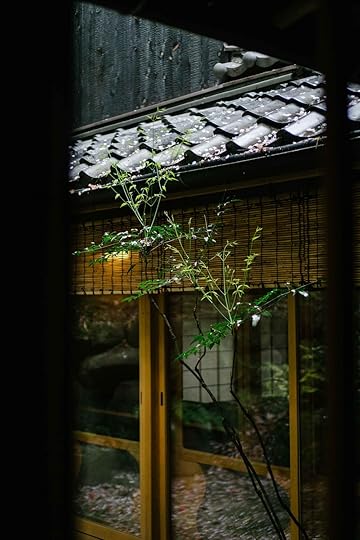

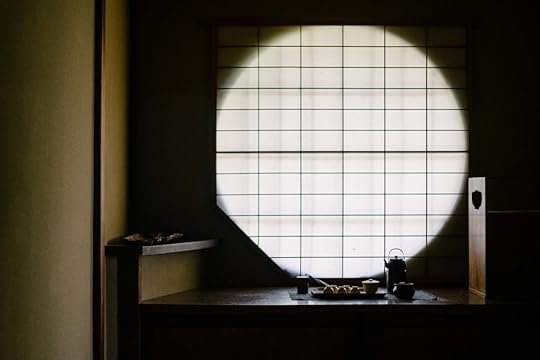

April 2019 I spent in the small coastal town Onomichi, just by the Seito Inland Sea, where I did a project for a hospitality company owning two different, though equally marvelous, lodgings. Izumo House dates back to the Edo Period, carefully renovated with the ancient ensuite tea room intact, and every modern amenity you could wish for (including a cedar tree bathtub!). The two floor mansion which used to be the district office and residence for salt and cotton traders, overlooks Onomichi and the sea. It truly is a place where calm comes with ease and you feel yourself taking slower, deeper breaths without effort.

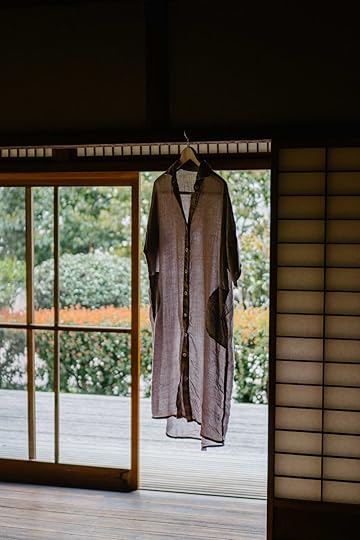



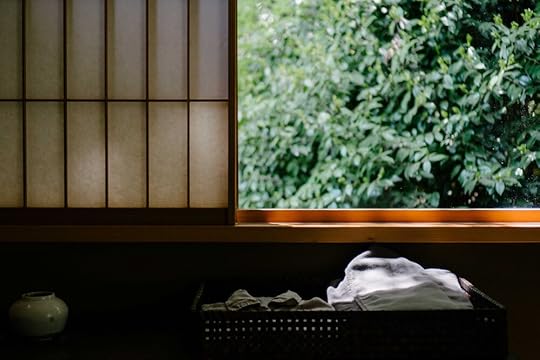
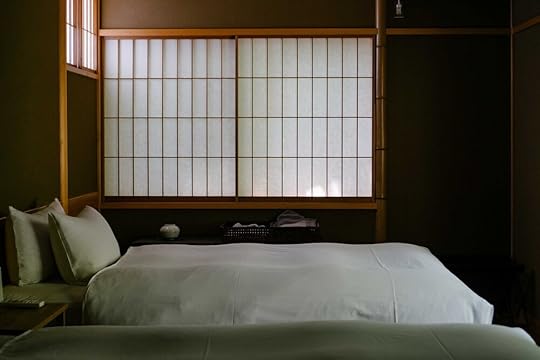
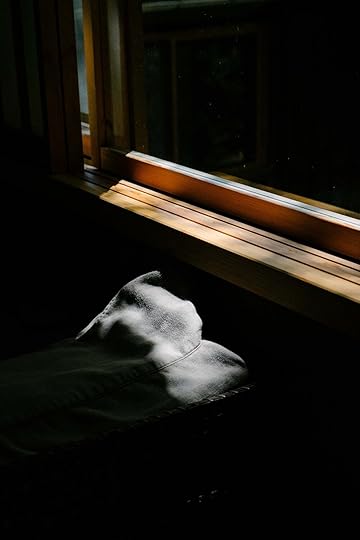

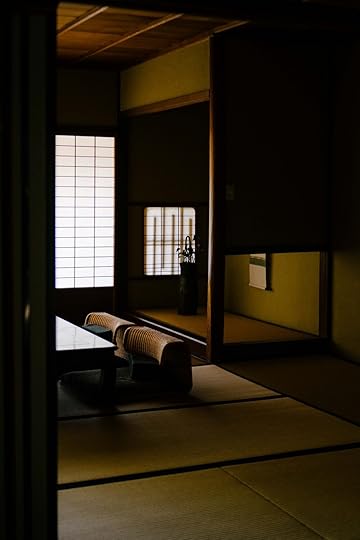
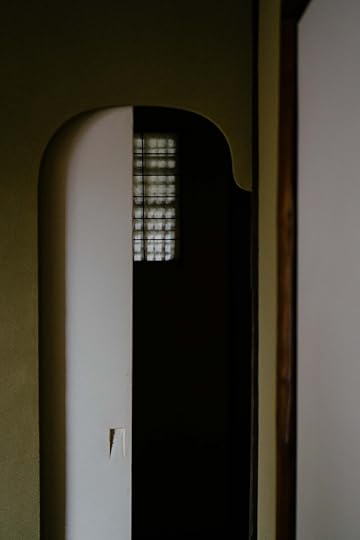
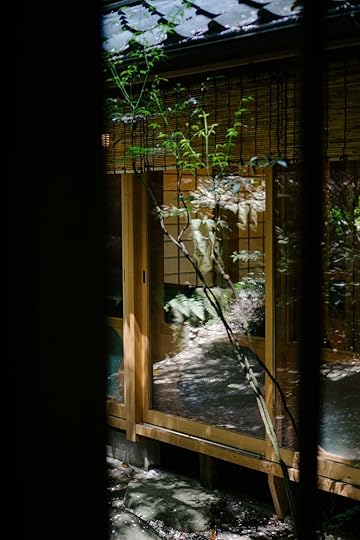


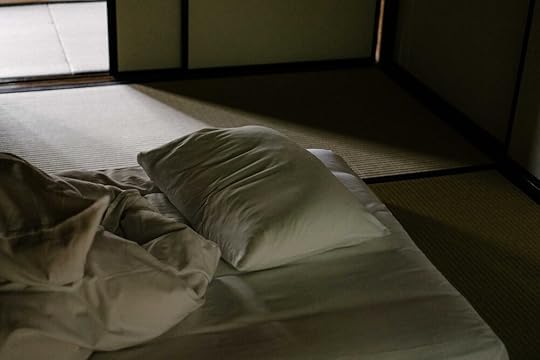

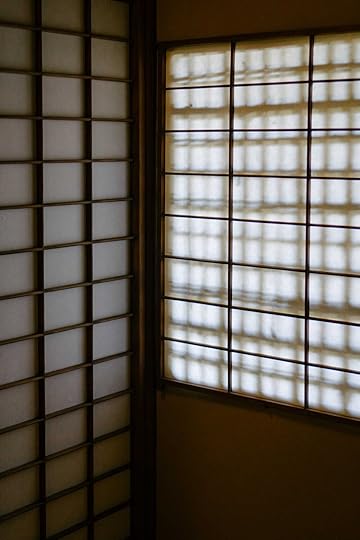
Setouchi Minato-no-Yado
www.minatonoyado.jp/en
1F LOG, 11-12, Higashitsuchido
Onomichi City
Hiroshima Prefecture
722-0033

September 5, 2019
The Japanese Table
The cookbook I’ve been working on is finally out in stores (!). Have to pinch myself. Such a crazy and incredible thing I never in my wildest dreams thought would happen. But here it is, a book I created with my two own hands and over the past 2,5 years. It’s filled with memories and experiences from Japan, photos of food and scenery that I’ve stumbled across over the year - and lastly the kind of food I miss the most when I’m not in Japan. Now I’m just hoping that you all will enjoy it.
You can get it here (world) & here (Sweden) - and other places of course, especially if you’re in the UK.

The Japanese Table – small plates for simple meals is a celebration of my love of Japan with the simple recipes that are the backbone of Japanese home cooking. Based on the ichijuu-sansai tradition - which literally means `one soup, three dishes' - uncomplicated, delicious small plates are served with steamed rice, and can be enjoyed any time of day. Each ingredient is treated like royalty, and recipes include Onigiri, Clear shiitake soup, Soy-pickled eggs and Sweet miso cod.


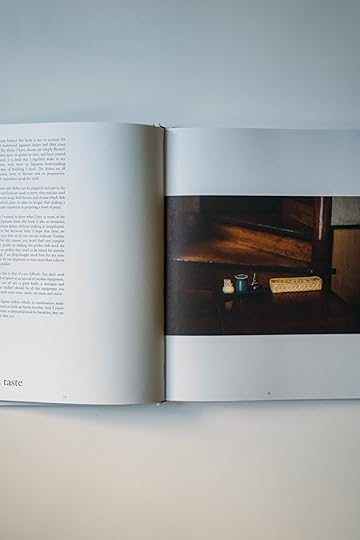
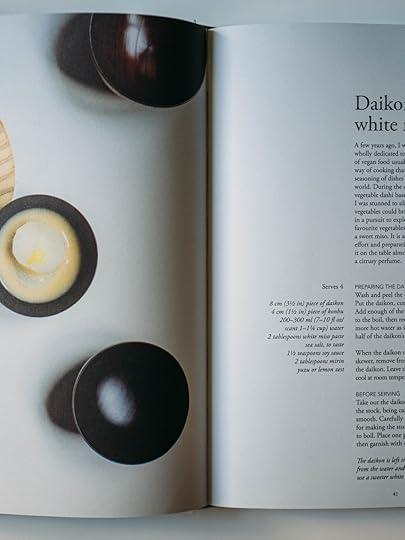

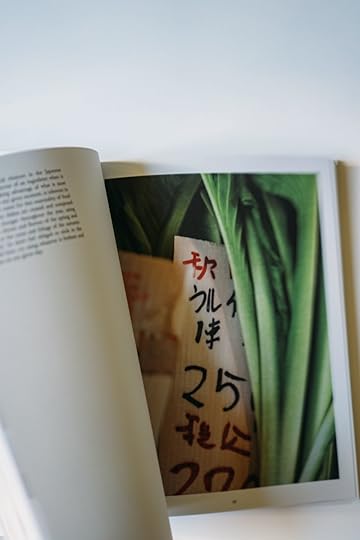
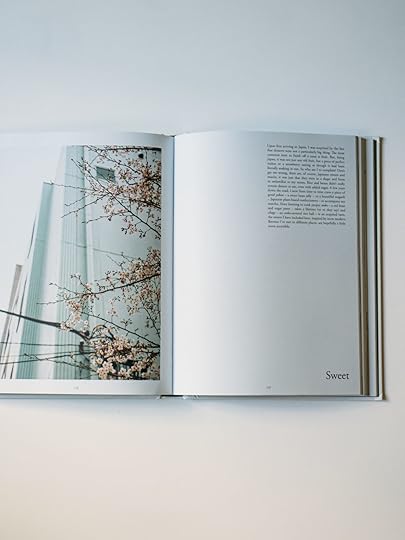

May 17, 2019
Simple salmon ceviche

Fresh raw salmon
Cilantro
Lime (or Sudachi if available)
Shallots (or Myoga if available)
Chili flakes
Sea salt
Freshly ground black pepper
Olive Oil
March 26, 2019
Sugar Sake & Coffee


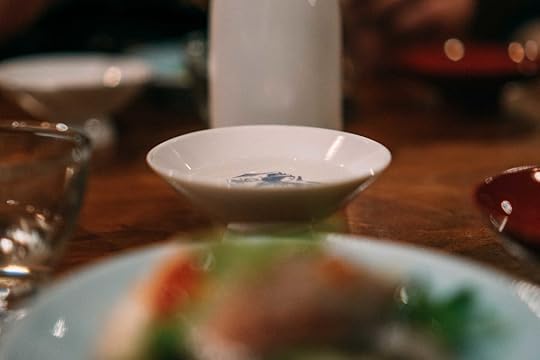
Asagaya, home to many of the small eateries which I frequent often. Sugar Sake & Coffee is a small sake place just a few block or two away from the station. A great selection of sake is served together with small dishes, which can’t really be said to be neither Japanese nor Chinese, but maybe somewhere in between? You can get everything from sui-gyooza (boiled dumplings) to sashimi and lighter salads - and everything is quite delicious. Moreover, the owner is a gem, and will serve up both funky (in a good way) and surprisingly fresh sake. Also, make sure you ask him to whip up a fantastic little bowl of ramen before you head out.
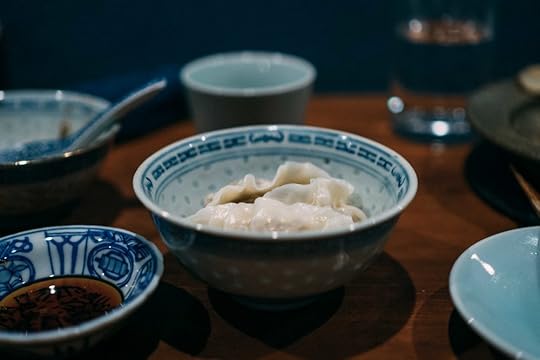



Asagaya should be on you list, and this would be one reason why.
Sugar Sake & Coffee
シュガー サケ アンド コーヒー
3 Chome-34-34-9
Asagayaminami
Suginami City, Tokyo


March 19, 2019
Sakura, Nihonbashi
Early bloomers.
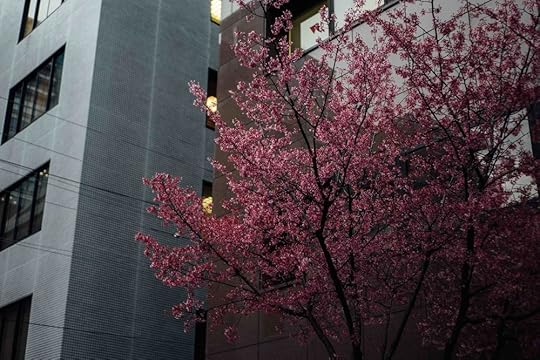









2019-03-15
Sakura in Nihonbashi, Tokyo
桜、日本橋、東京
January 30, 2019
LOG

The small seaside town of Onomichi, known from Ozu’s Tokyo Story (東京物語, Tōkyō Monogatari), with both scenic views and filmic vibes, is home to the recently opened and to say the least – incredible – LOG hotel. Residing on the mountain side of Mount Senkoji, in an old residential avant-garde building from the 60’s, with a fantastic view over the town and port this color-perfect place has a calming and mesmerising aoura.



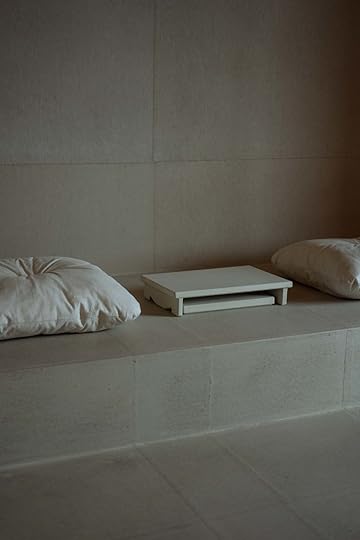

The building’s remodeling and conversion into a hotel, along with a café/bar as well as a gallery and shop, is a collaboration between Indian architect Bijoy Jain of Studio Mumbai and Discover Link Setouchi. It is created with a combination of indian and Japanese crafts and design, and aimed to capture both light and view gracefully.

Japanese washi (handmade paper), covering every inch of the guestrooms, and creatie ways of using urushi (japanese laquer) on tables and bars exits side by side with original furniture handmade in India.
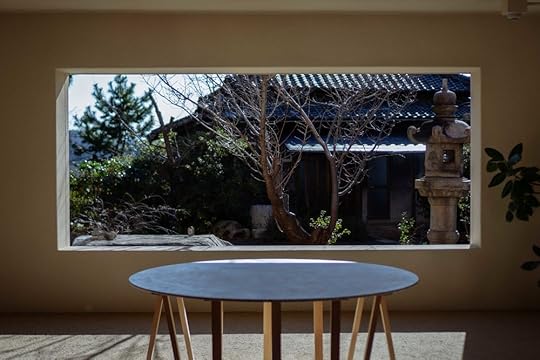


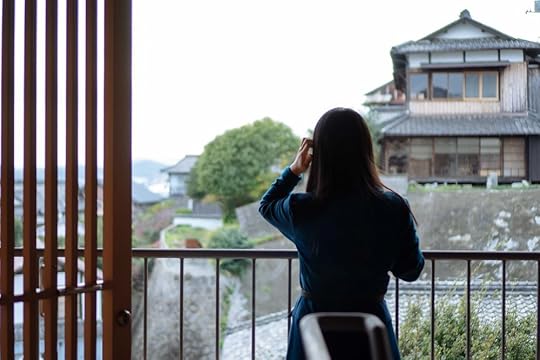

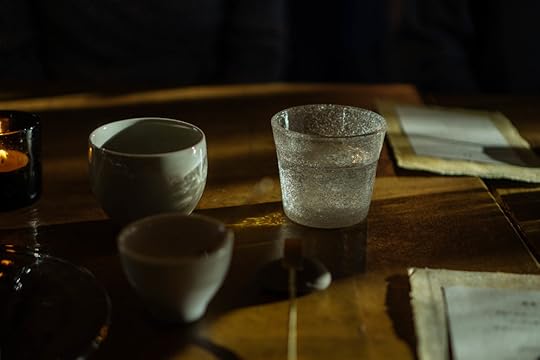

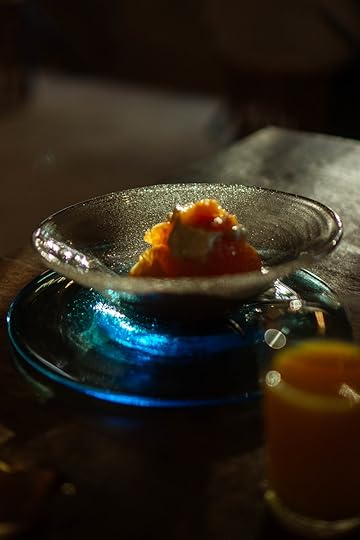
The dining room serves breakfast created by Ai Hosokawa, who’s sense of flavor and detail leaves nothing to chance.

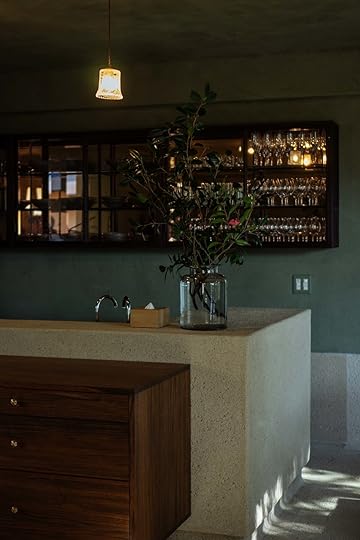


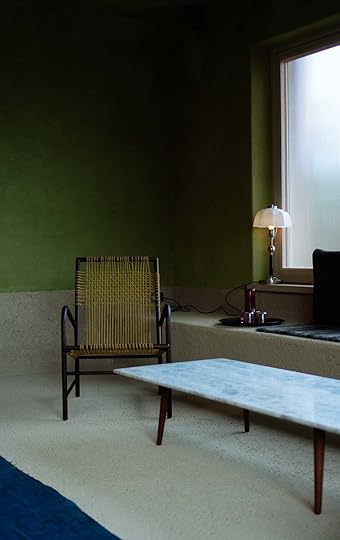

The library


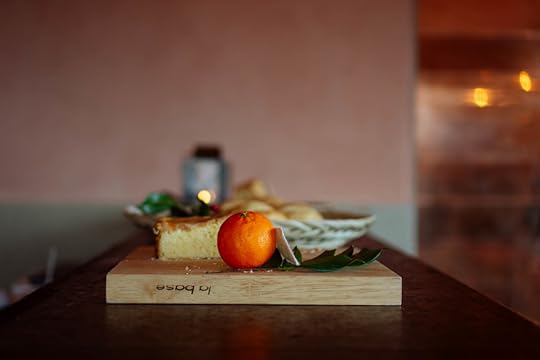
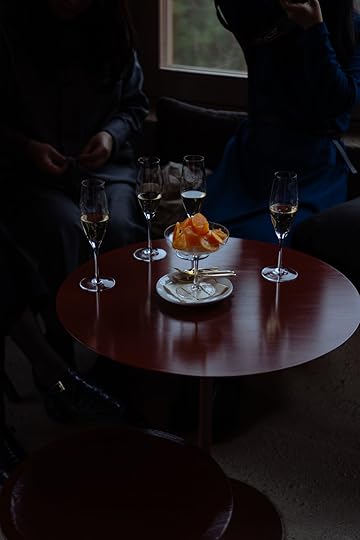
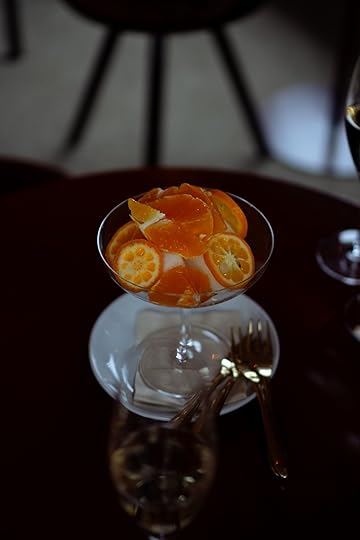



Signature chai in café/bar Atmosphere.
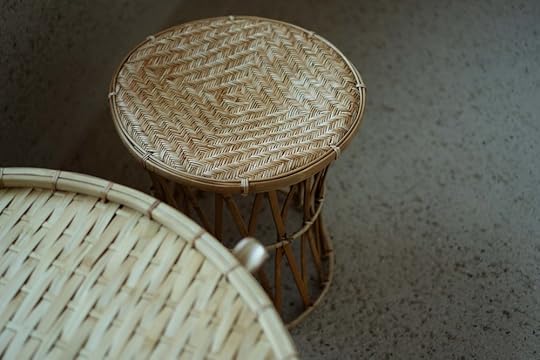


LOG
11-12 Higashi Tsuchido-cho, Onomichi City
Hiroshima Prefecture 722-0033


December 25, 2018
Moon Factory Coffee


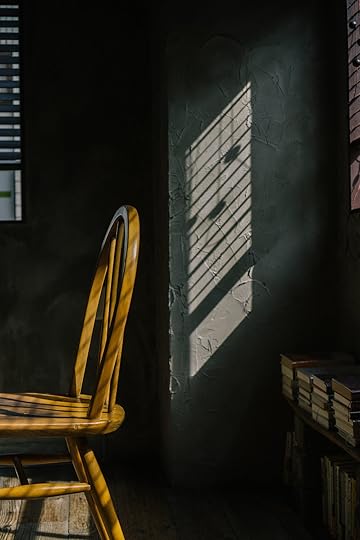

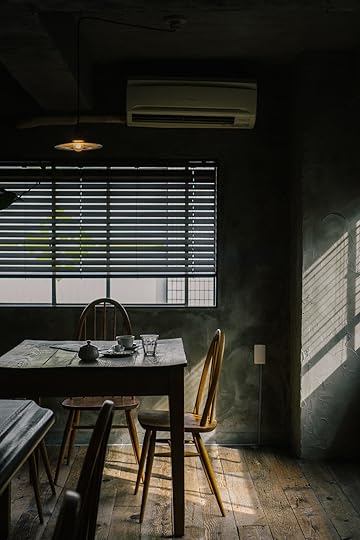
If you find yourself in Sangenjaya I highly recommend to set some time aside for coffee and cake at this café. Interior speaks for itself and overall atmosphere is very soothing with soul and jazz playing in the background. It is a little bit on the expensive side for a cup in Tokyo (700yen for a hand drip) but coffee (and chocolate cake) is truly great and you could easily spend a few hours reading a book here. Good to know is that the cafe has a sister in Kyoto, Elephant factory coffee, just as great as this one.
寺尾ビル 2F
2 Chome-15-3
Sangenjaya, Setagaya-ku
Tokyo

December 9, 2018
Nihao / ニーハオ
Another one of Tokyo’s many great dumpling places. A little tricky to get a table from what I hear, but if you turn up early you might be lucky to grab a chair or two. Hidden on the second floor of a building along the shotengai in Hatagaya this restaurant serves some seriously crispy fried gyoza. A little bulkier and with thicker dough than I would have thought I prefer, but nevertheless great with a glass of beer. A must eat if you have a little time around the Yoyogi-uehara/Yoyogi-hachiman/Hatagaya area.


The dough is kneaded right before your eyes and the menu extends well beyond the dumplings, perfect to get some plates to share if you’re a group of people.



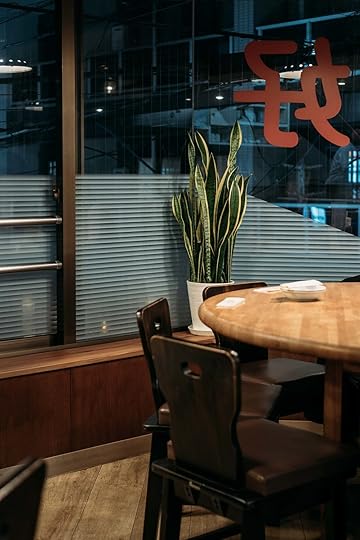

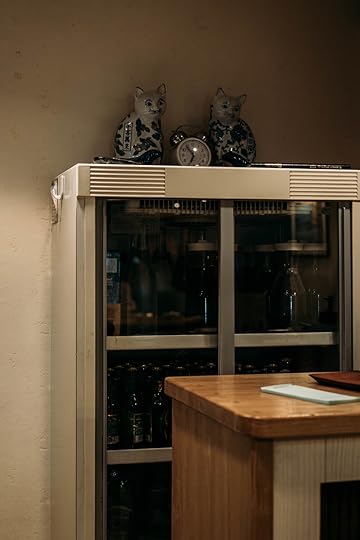

Nihao / 您好(ニーハオ)
2 Chome-27-4 Nishihara
Shibuya-ku
Tokyo-to 151-0066
Sofia Hellsten's Blog



